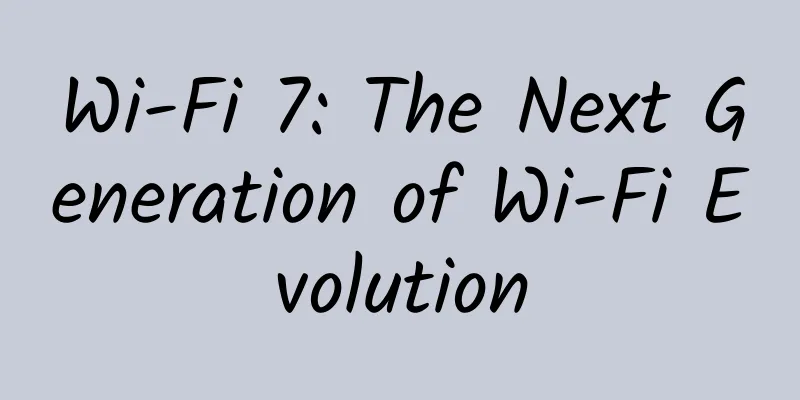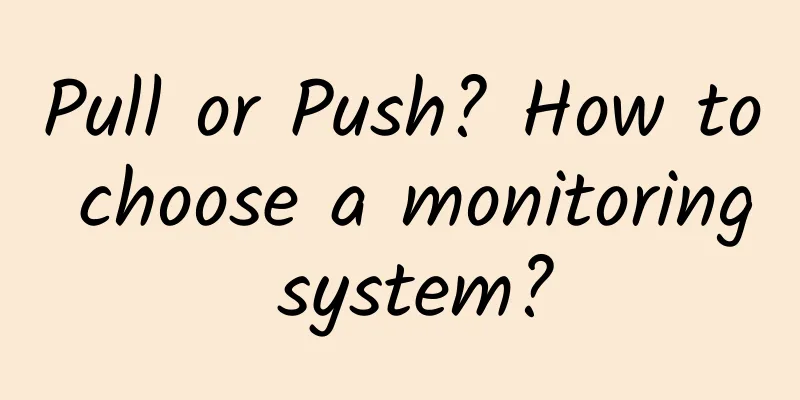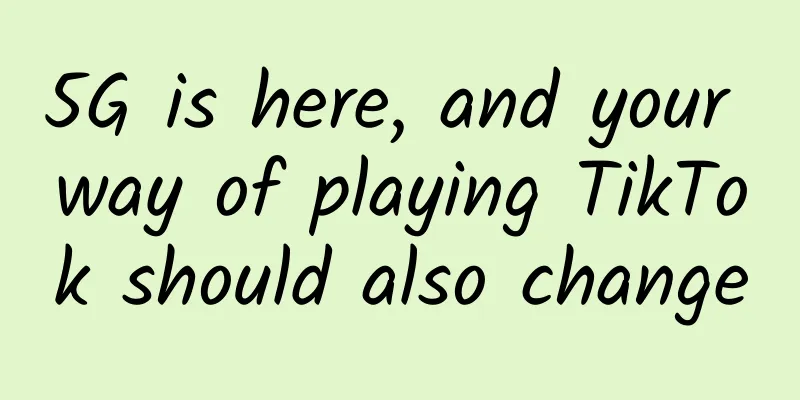Wi-Fi 7: The Next Generation of Wi-Fi Evolution

|
Although Wi-Fi 6 has just been launched, Wi-Fi 7 has already been mentioned as the next generation of Wi-Fi, continuing the evolution of a technology. What new features and functions will Wi-Fi 7 provide? Who will need Wi-Fi 7? When will it be launched? Here, we introduce the overview of Wi-Fi 7 and the expected benefits it will bring to Wi-Fi users. Technology is constantly developing and evolution never stops. The more successful a technology is, the more it needs to continuously improve the user experience. Wi-Fi is undoubtedly one of the most successful wireless technologies. Wi-Fi must continue to improve performance, increase spectrum efficiency, reduce costs, and most importantly, make the user experience better to maintain its prominence. Compared to 5G, Wi-Fi keeps us connected and extends network coverage to a wider range. That’s why even though Wi-Fi 6 has just started commercialization in 2019, work on the next generation Wi-Fi 7 is already underway in the IEEE 802.11 Extremely High Throughput (EHT) working group. Wi-Fi 7 has ambitious goals and must meet our growing network connectivity needs. The IEEE still has a lot of work to do and plans to approve and publish the 802.11be amendment in mid-2024, and we expect to see related commercial equipment around the same time, as well as the Wi-Fi Alliance's certification program to ensure interoperability. While Wi-Fi 7 is not here yet and many new features are still being defined, the progress of the new standard shows us the trajectory of Wi-Fi technology development, what we can expect from it, and what the rate of change will be. Wi-Fi 6 marks a big step forward from Wi-Fi 5. The following table shows the Wi-Fi evolution model. The improvements of Wi-Fi 6 go far beyond the increase in throughput. It fundamentally changes the way Wi-Fi transmits and manages traffic, which improves the overall quality, reliability, and security of the technology. Wi-Fi 7 will go in the same direction. It will still use OFDMA, but it will enhance it to be more flexible and efficient, and add the option to use 4096-QAM. MU-MIMO will support 16 spatial streams, up from 8 in Wi-Fi 6. The maximum channel size (320Mhz) has been doubled, making Wi-Fi 7 well suited for accessing the 6GHz band, a recently added band for unlicensed use supported by Wi-Fi 6E. Wi-Fi 7's new features bring a huge increase in maximum data rates - 46Gbps, although higher data rates may be achievable in certain environments and configurations. Wi-Fi 7 will also bring lower latency, as well as increased flexibility in using network and spectrum resources. The performance and efficiency gains promised by Wi-Fi 7 are impressive, but do we need them? Isn’t Wi-Fi 6 good enough? The Wi-Fi 7 specification was developed for scenarios with stringent latency and reliability requirements. Today, Wi-Fi 6 meets the needs of these scenarios, but the enhancements in Wi-Fi 7 will enable Wi-Fi to scale as adoption rates, and therefore traffic density, increase and requirements become more stringent. Wi-Fi 7 provides a path forward to ensure that Wi-Fi remains scalable to carry increasing traffic loads and continues to meet user requirements. Wi-Fi 7 brings more flexibility and capabilities to enterprises as they embark on digital transformation. Wi-Fi 7 and 3GPP-based 5G will work together to introduce edge computing, distributed and cloud architectures, virtualization and digitalization in emerging private wireless networks (PWNs). More specifically, Wi-Fi 7 will improve support for applications that require deterministic latency, high reliability and quality of service (QoS). In the enterprise, this will benefit IoT and IIoT applications such as industrial automation, surveillance, remote control, AV/VR and other video-based applications. Consumer users can benefit from Wi-Fi 7 for gaming, AV/VR and video applications, as well as smart home services. In addition to specific scenarios, Wi-Fi 7 will continue to expand the availability of Wi-Fi and transmit the majority of wireless traffic in a cost-effective manner in enterprise, public, and residential environments, and further improve the efficiency of using precious spectrum resources. |
<<: Is 4G enough? More than 40% of users turn off 5G function in new smartphones
Recommend
5GRedCap: The role of RedCap in 5G evolution
3GPP Release (Rel) 17, due in mid-2022, introduce...
Tongcheng Yilong Wang Xiaobo: Cache should be managed in this way to handle high-concurrency scenarios with ease!
[51CTO.com original article] The Global Software ...
iWFHosting high-end server $189-Dual E5-2680v2, 192G memory, 4x2TB hard disk, 20TB monthly traffic
The tribe has always been mainly sharing low-pric...
The third generation of SD-WAN security
If local Internet access is not provided to branc...
How will 6G change the workplace?
The next generation of connectivity is coming, pr...
Smart commercial buildings: Top 10 technologies to watch
In recent years, rapid advances in digital techno...
F5 2020 State of Application Services Report Shows Asia Pacific Enterprises Concerned about Skills Gaps in Cybersecurity
F5 Networks recently announced that the company h...
What is the success or failure of SDX?
SDN and SDS have been proposed for many years, bu...
From DoH to ODoH, operators can no longer hijack DNS
Not long ago, 360, which has always held high the...
The Ultimate Guide to Enterprise Network Management
The Network Management Guide explains the challen...
Huawei's Intelligent IP Network Helps IP Bearer Network Enter the Full-Service Intelligent Era
[Shenzhen, May 19, 2020] Today, during Huawei'...
Let's talk about TCP
In our daily development, we will more or less be...
Which broadband operator do you use at home?
My hometown is in the rural area of Hebei. My b...
Interview question: What happens when you enter a URL in the browser and press Enter?
The overall flow chart is as follows: 1. URL pars...
4G changes life, 5G changes society, so what will 6G change?
The answer is: 6G will change the telecommunicati...









